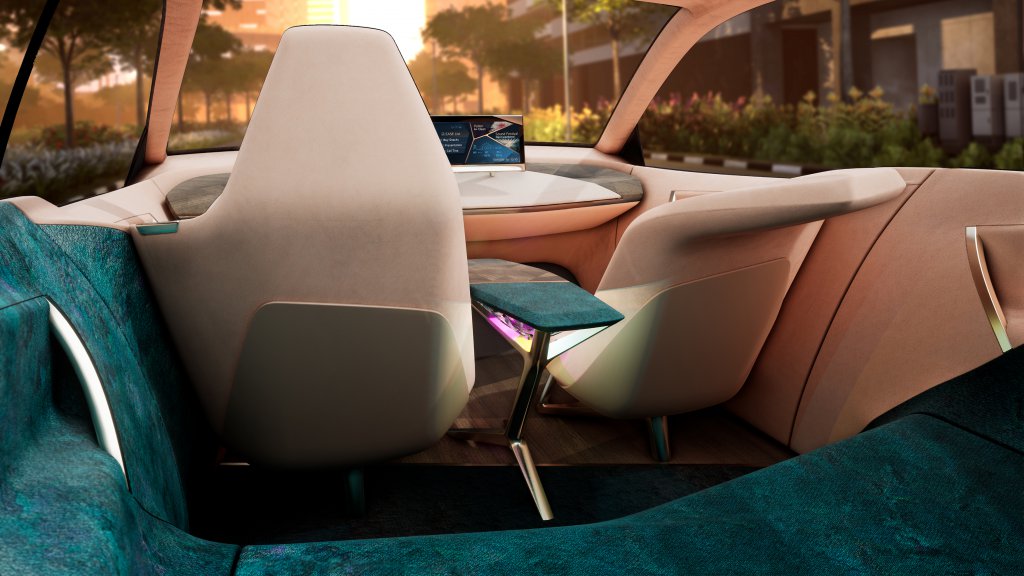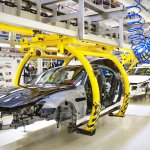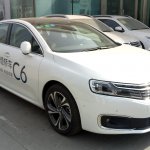
Audi creates new experience using virtual reality in Hong Kong. Source: Audi
Automakers create more compelling experiences using VR
AUTOMAKERS are constantly looking for new and exciting ways to wow their customers — and virtual reality (VR) seems to be one technology that the industry keeps coming back to.
VR captures the imagination of auto enthusiasts as well as buyers, and helps showcase the best features of a vehicle in an environment that is perfectly customized to deliver an excellent experience.
Most recently, Audi opened a new concept store in Hong Kong to take customers on a journey using VR devices — allowing users to explore every model that Audi currently offers in the market.
Although somewhat of a temporary fixture in a mall, the technology is making waves and drawing in customers from all walks of life.
According to local media, the innovation that Audi has brought to market will allow visitors to its concept store to create customized cars from over 40 Audi models, with a body color of their choice, interiors that suit them, and exterior modifications they prefer.
In fact, the immersive VR experience will also allow users to view every detail of their crafted Audi vehicle and take it for a virtual spin in any of their favorite locations.
The use case isn’t new — but the fact that Audi is trying it out in Hong Kong is yet another testament for those looking for proof that VR is making big waves in the auto (marketing) industry.
At the recent CES 2019 event in Las Vegas, the BMW Group did something similar — albeit with more panache.
It brought the futuristic BMW Vision iNEXT to the ramp, with VR powered goggles to help and a specially-designed spatial concept to allow visitors to immerse themselves in this virtual world.

BMW Vision iNEXT – Mixed Reality. Source: BMW
Although VR is doing great in the marketing world, it seems to have a special place in the automaker’s design room as well.
Rolls Royce, for example, announced last year that the company has created a VR Cave to “transform” the way it designs its vehicles.
“Our Virtual Reality Cave consists of very large, stereoscopically projected screens and a tracking system for representing 3D models (CAD data) in the correct perspective at a scale of 1:1 and enables the user to ‘walk through’ visualizations,” a company blogpost said.
“This transforms the way our design engineers are able to visualize engine mock-ups, design new assembly sequences and examine simulations. Enabling us to deliver engines that continue to deliver benefits for our customers.”
“The VR Cave was a crucial element during the design of our record-breaking Power Gearbox which forms a key component in our UltraFan engine design. Not only did it aid assembly planning but it also offered our fitters with a detailed picture of the initial assembly steps in advance.”
At the end of the day, it seems as though VR is becoming one of the favorite tools in the automaker’s toolbox — and the future will only bring more exciting use cases to light.
READ MORE
- Strategies for Democratizing GenAI
- The criticality of endpoint management in cybersecurity and operations
- Ethical AI: The renewed importance of safeguarding data and customer privacy in Generative AI applications
- How Japan balances AI-driven opportunities with cybersecurity needs
- Deploying SASE: Benchmarking your approach






